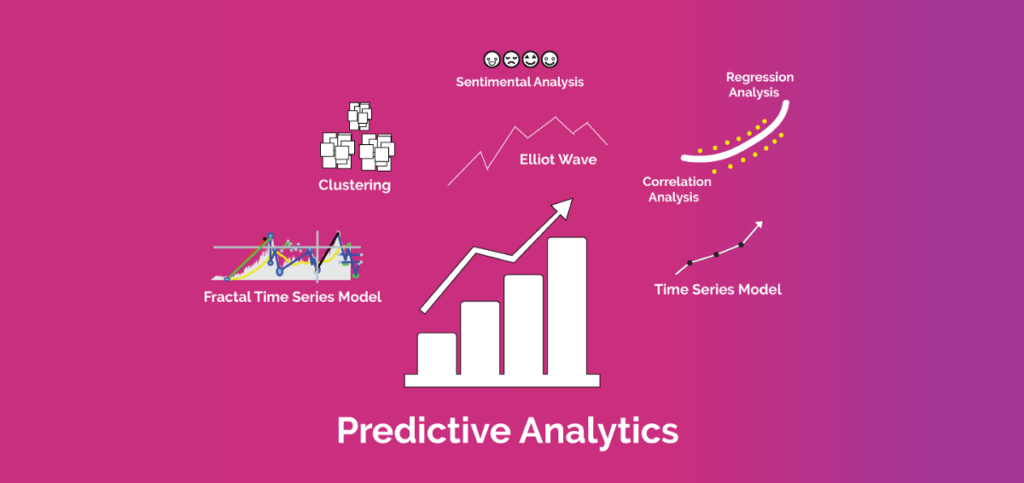
Free eBooks for Beginners
As a beginner to React Native, you may find that you need to display web content in your mobile app. This could be anything from a simple HTML page, to an online store, to a complex web-based dashboard. To help you with this task, React Native provides the WebView component, which allows you to easily embed web content in your app.
So, what is WebView and how does it work? WebView is a component that provides a way to display web content in your app. You can use it to load a web page, display an HTML string, or access any other type of web content. The WebView component uses the native web browser on the device to render the web content, which means that it provides a high-quality, fast, and consistent experience for your users.
One of the key benefits of using WebView is that it provides a simple and flexible way to display web content in your app. This is especially important if you need to display content that can’t be easily created using React Native, such as an online store, a web-based dashboard, or a custom web page. With WebView, you can easily display this content in your app, and you can provide a better overall experience for your users.
Another important benefit of WebView is that it provides a way to access web content that is not native to your app. This could be any type of web content, including HTML pages, online stores, web-based dashboards, or custom web pages. With WebView, you can access this content directly in your app, which means that you can provide a more seamless and integrated experience for your users.
So, how do you get started with WebView in React Native? The first step is to understand the basic structure of WebView. WebView is a component that takes the URL of the web page you want to display as an input, and it renders the web content in a native web browser on the device. To use WebView, you simply need to create a component and pass the URL of the web page you want to display as a prop.
Once you have a basic understanding of the structure of WebView, you can start using it in your app. To do this, you’ll need to create a new component that uses the WebView component, and you’ll need to pass the URL of the web page you want to display as a prop. You can also pass additional props to the WebView component to control its behavior, such as whether the user can navigate to other pages, whether the user can zoom in and out, or whether the user can access the native web browser.
In addition to using WebView to display web pages, you can also use it to display other types of web content, such as HTML strings, JSON data, or other formats. To do this, you’ll need to pass the web content as a string to the WebView component, and you’ll need to define a callback function that will be triggered when the user interacts with the web content.
Overall, WebView is a powerful and flexible component for displaying web content in your React Native app. Whether you’re a beginner or an experienced developer, there are many resources and tools available to help you get started with WebView, and to create great-looking and engaging apps that provide a seamless and effortless experience for your users. So, get started today and see how easy it can be to display web content in your app with React Native!
React Native for Beginners – Chapter 13: WebView
 Loading...
Loading...
Disclaimer: The information and code presented within this recipe/tutorial is only for educational and coaching purposes for beginners and developers. Anyone can practice and apply the recipe/tutorial presented here, but the reader is taking full responsibility for his/her actions. The author (content curator) of this recipe (code / program) has made every effort to ensure the accuracy of the information was correct at time of publication. The author (content curator) does not assume and hereby disclaims any liability to any party for any loss, damage, or disruption caused by errors or omissions, whether such errors or omissions result from accident, negligence, or any other cause. The information presented here could also be found in public knowledge domains.
